Albatros D.V. Luftstreitkrafte Imperial German Air Service
Production Time 9 to 10 weeks
Shipment is by FedEx, UPS or DHL International Express Courier with a normal door-to-door delivery time worldwide of within 2-3 business days after dispatch. Due to the current volatility of world fuel prices, the amount mentioned here is our best estimate for DHL and UPS and may be subject to change at the time of shipping.

Model Description: Albatros D.V. Luftstreitkrafte Imperial German Air Service
Manufacturer: Albatros Flugzeugwerke
Product statistics
Length: 13.8 Inches (35.1 Centimeters)Wingspan: 15 Inches (38.1 Centimeters)
Height: 5.1 Inches (13 Centimeters)
Scale: 1:17
$279.50
Production Time 9 to 10 weeks
-
United States dollar ($)
-
Pound sterling (£)
-
Euro (€)
-
Australian dollar ($)
-
Canadian dollar ($)
-
Singapore dollar ($)
-
Swiss franc (CHF)
-
Japanese yen (¥)
-
Danish krone (kr.)
-
Hong Kong dollar ($)
-
Norwegian krone (kr)
-
Swedish krona (kr)
-
Philippine peso (₱)
General Product Description
Our ReplicaHangar Albatros D.V. Luftstreitkrafte Imperial German Air Service exhibits unique, unrivaled quality and detailed design to come as close as possible to the accuracy of the actual plane. It comes as standard with a robust, durable base or stand which is available in a variety of different finishes designed to match your own personal requirements including solid wood, wood with polished metal supports or adjustable wood wall mount and will be ready within about 8-10 weeks from placement of order.
The Albatros D.V. Luftstreitkrafte Imperial German Air Service is made of the finest kiln dried renewable mahogany wood (commonly known as Lauan or Meranti) which has undergone many stages of carving and meticulous and careful sanding giving the beautiful, finished museum quality masterpiece. Many collectors and model connoisseurs demonstrate their preference for genuine handmade and hand painted mahogany wood models rather than plastic or die cast (diecast) alternatives due to the overall look and totally different feel of the item - we trust you will find the same. We can however, if required produce the same model in Solid Cast Resin so just click and contact us for further information. Our craftsmen and gifted artisans ensure that our finely handcrafted model airplanes match the precise blueprint details of the original aircraft. The paint scheme, markings and parts are closely matched, reflecting the original aircraft. This stylish top-quality desktop replica model will surely enthrall anyone who receives this as a gift and for sure one of the most appropriate and desirably collectable gifts for any early aviation enthusiast and avid vintage aircraft collector whilst also displaying a perfect resemblance to the actual real aircraft.
If you require, we can also make the Albatros D.V. Luftstreitkrafte Imperial German Air Service in any other airline, private livery or colour scheme you require and if necessary, in a different size or scale. Just click here to contact us with a description or photographs of what you require, and we will let you have a quotation for the necessary customization by return email. We can also make bespoke scale replicas of any other private / civil commercial airliner or airliners, helicopter, glider, gliders with engines, military jet, warplane jets, propeller warplanes, biplane, triplane, tail fin, spacecraft, rocket or NASA model you require in any airline, military or civilian livery or colors. We also produce model airships, blimp, dirigible, blimps, boat and ship collectibles. Wall plaque or seal for military, government or private customers. Again, by clicking here to contact us just let us know exactly what you need.
Albatros D.V. – The Backbone of the Imperial German Air Service
Introduction: During World War I, aerial superiority played a crucial role in shaping the outcome of battles. Among the aircraft that emerged as a symbol of German aviation prowess was the Albatros D.V. Developed and deployed by the Luftstreitkrafte, the Imperial German Air Service, the Albatros D.V. proved to be a formidable and influential fighter aircraft during the Great War.
1. The Rise of the Imperial German Air Service At the outbreak of World War I, aviation was still in its infancy, but it quickly proved its potential in reconnaissance and aerial combat. In response to this realization, the Imperial German Army established the Luftstreitkrafte in May 1910. Initially, the German air service relied on a diverse array of aircraft, but it was the introduction of the Albatros D.V. that marked a turning point in German aviation capabilities.
2. Development of the Albatros D.V. Designed by Robert Thelen, the Albatros D.V. was the successor to the Albatros D.III, which had already achieved significant success in combat. The Albatros D.V. addressed some of the shortcomings of its predecessor and featured improvements in both performance and structural design. Introduced in early 1917, the new aircraft quickly gained popularity among German pilots for its agility, speed, and overall combat prowess.
3. Technical Specifications and Features The Albatros D.V. was a single-seat biplane fighter aircraft. It boasted a sleek and aerodynamic design, featuring a wooden semi-monocoque fuselage, which made it strong and lightweight. Its wingspan was approximately 9 meters (29.5 feet), and it was powered by a liquid-cooled Mercedes D.III inline engine, capable of delivering up to 160 horsepower. This engine enabled the Albatros D.V. to reach a top speed of around 185 km/h (115 mph).
4. Combat Performance and Successes The Albatros D.V. was an immediate hit among German pilots, thanks to its impressive performance in combat. It was renowned for its maneuverability and its ability to climb quickly, which gave German pilots a tactical advantage in aerial engagements. With its twin Spandau machine guns synchronized to fire through the propeller arc, the Albatros D.V. could deliver a lethal barrage of firepower to enemy aircraft.
5. Notable Aces and Squadrons Several prominent German flying aces achieved remarkable success while piloting the Albatros D.V. Among them, Manfred von Richthofen, also known as the “Red Baron,” scored numerous victories with the aircraft. The Albatros D.V. also proved its mettle in the hands of other renowned aces like Ernst Udet and Werner Voss. The aircraft was primarily operated by Jagdstaffeln, German fighter squadrons that played a vital role in achieving air superiority.
6. Challenges and Evolving Technology Despite its initial successes, the Albatros D.V. faced challenges later in the war. As Allied aircraft technology and tactics improved, the Albatros D.V. began to lose its edge. Its wooden structure was also prone to structural weaknesses and failures, leading to accidents and losses.
7. Conclusion: A Significant Contribution to German Aviation The Albatros D.V. played a pivotal role in the Imperial German Air Service’s quest for air superiority during World War I. It exemplified the rapid advancement of aviation technology during the war and contributed to the emergence of formidable German flying aces. While its reign as a dominant fighter was relatively short-lived, the Albatros D.V. remains a symbol of German innovation and skill in the early days of aerial combat.
As the war drew to a close, the development of even more advanced and capable aircraft pushed aviation into the modern era, setting the stage for the incredible progress that followed in the years to come. The legacy of the Albatros D.V. lives on as a testament to the bravery and ingenuity of the pilots and engineers who shaped the course of aviation history during World War I.
| Weight | 6 kg |
|---|---|
| Dimensions | 13.8 × 15 × 5.1 cm |
Be the first to review “Albatros D.V. Luftstreitkrafte Imperial German Air Service” Cancel reply
Related products
Early Aviation
Early Aviation
Military Airplanes - Propeller
Early Aviation
Early Aviation
Early Aviation

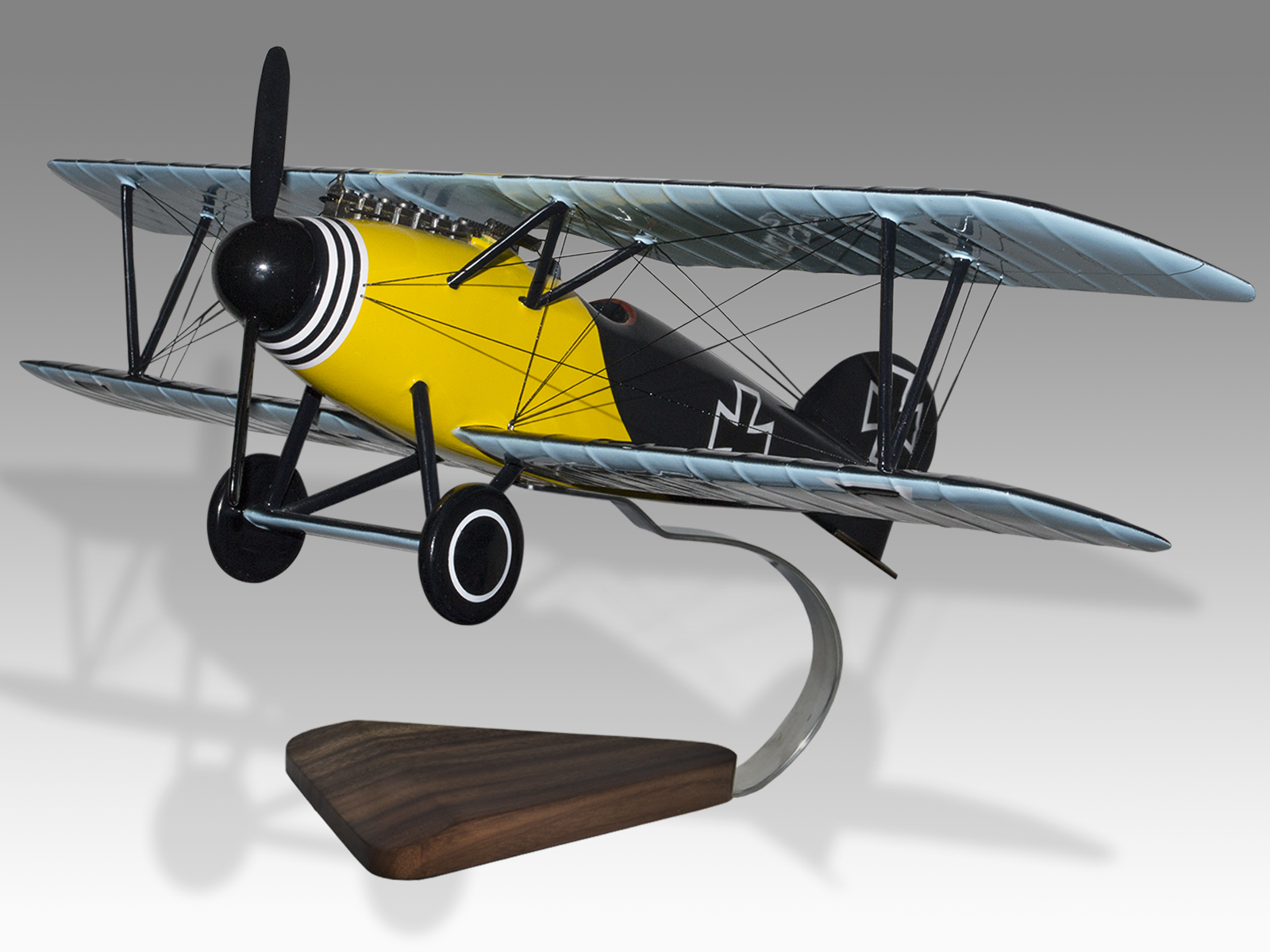
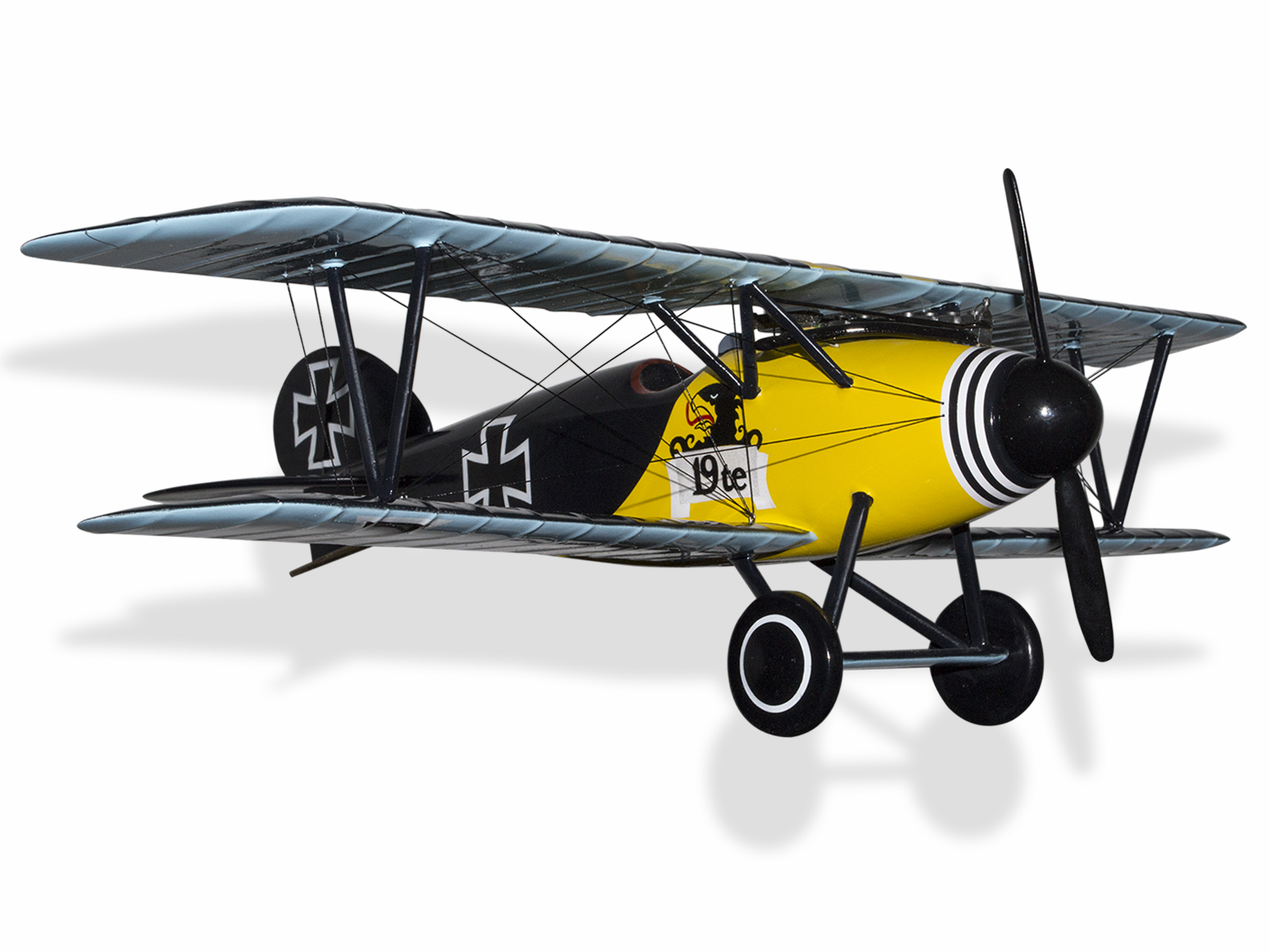
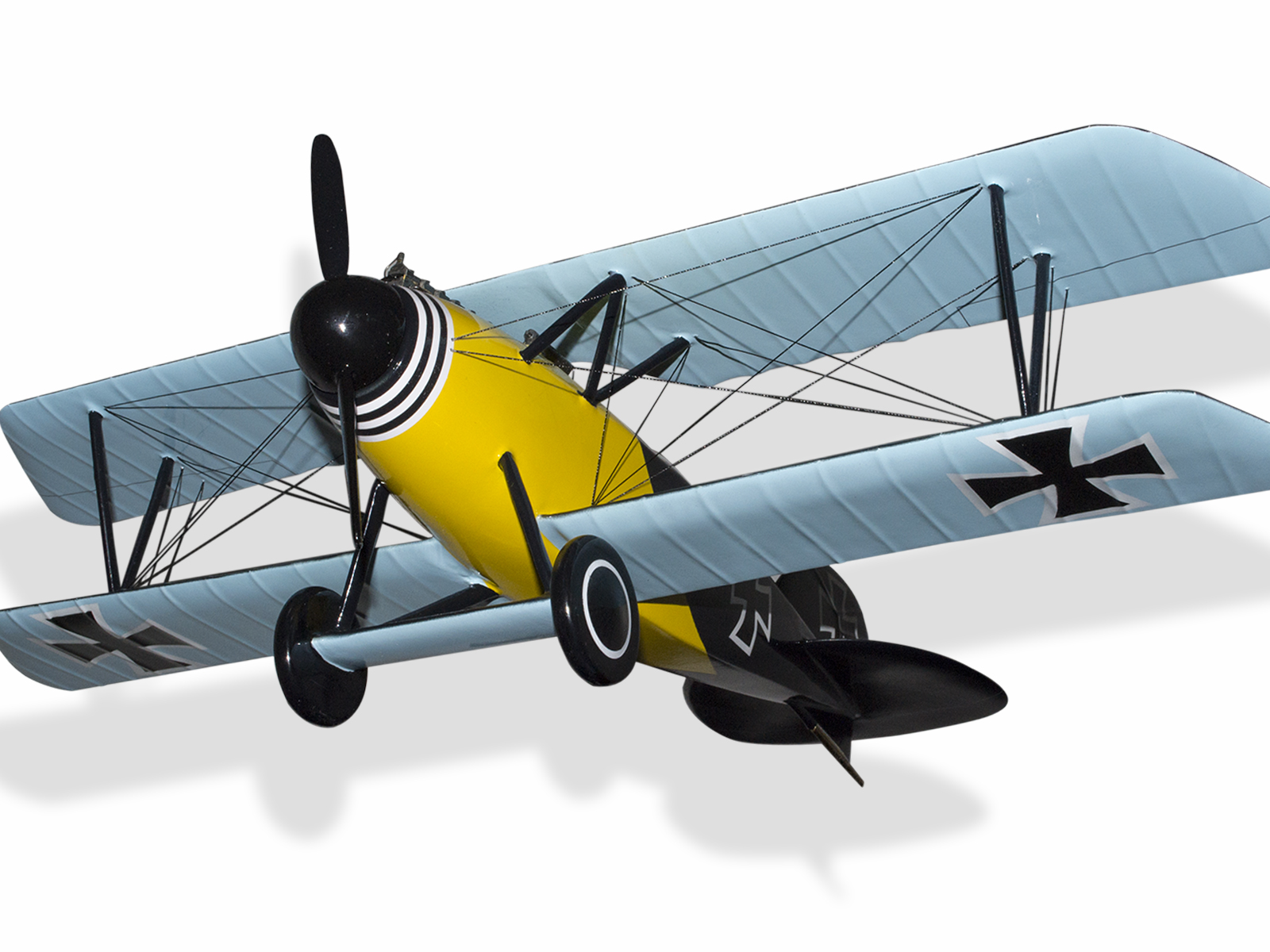
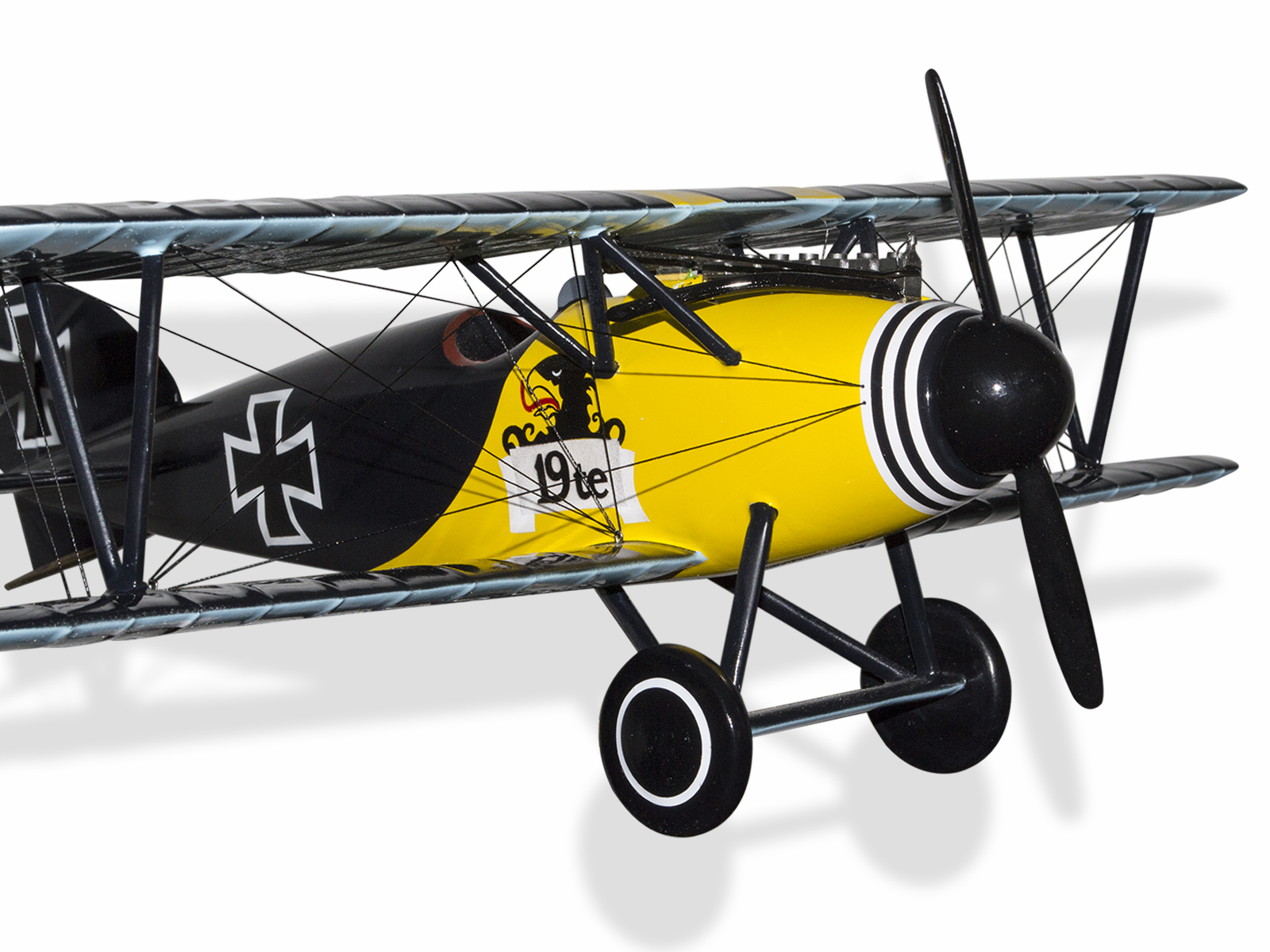
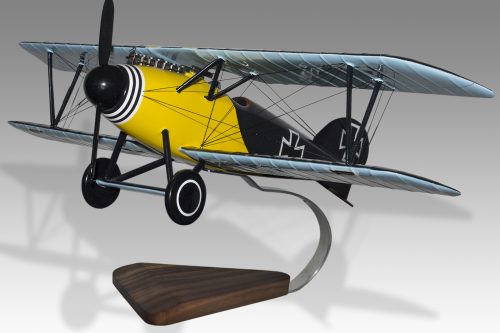
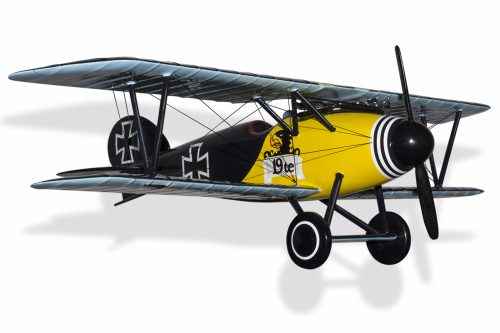
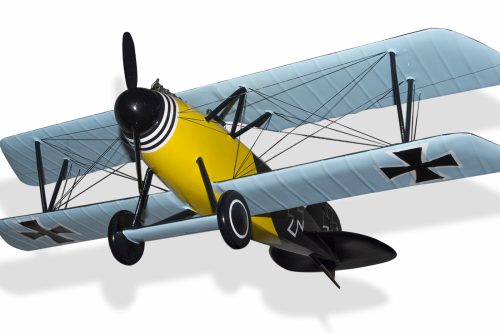
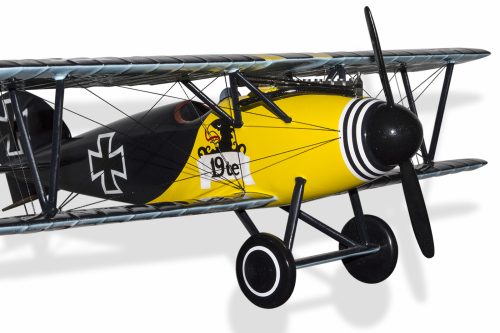
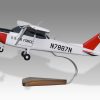
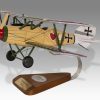

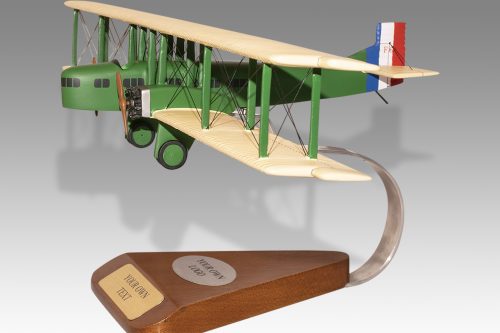

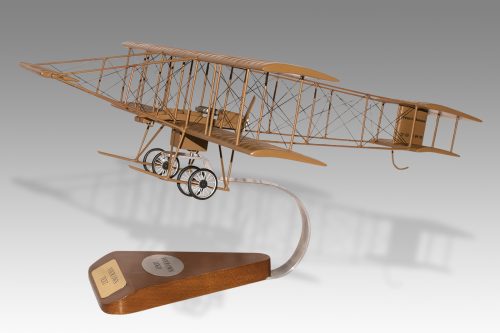
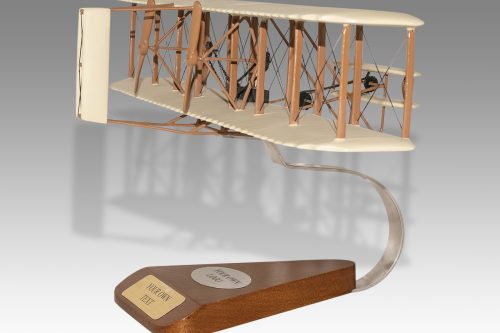
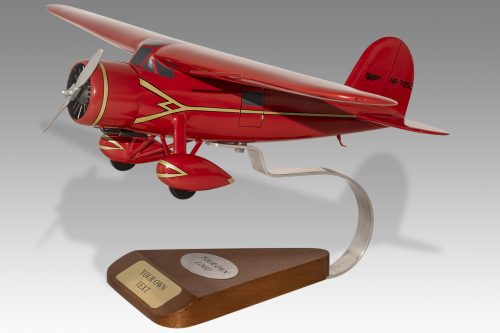
Reviews
There are no reviews yet.